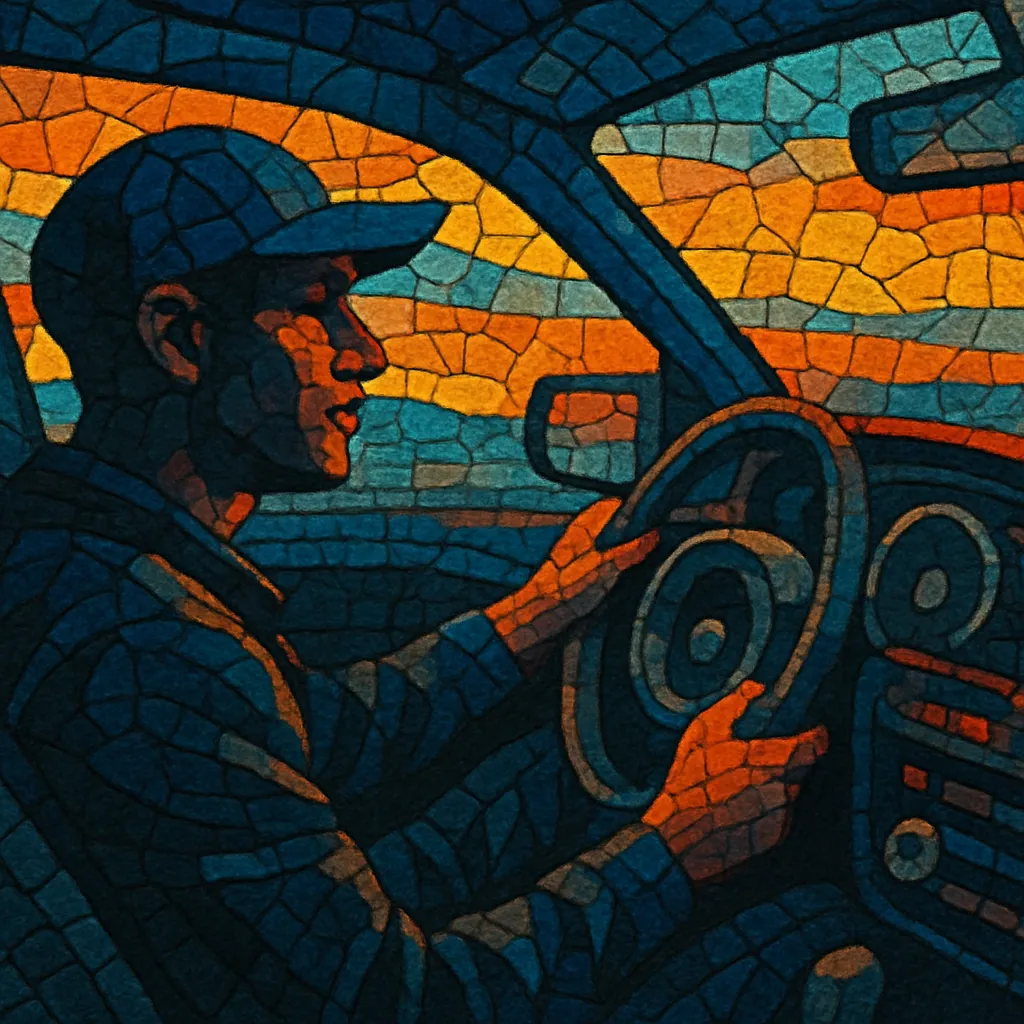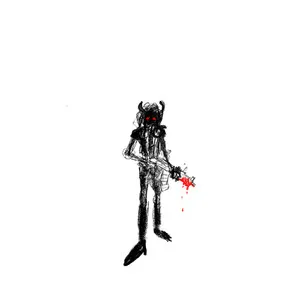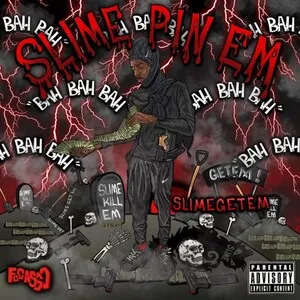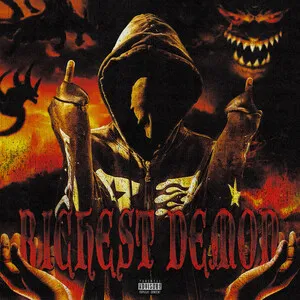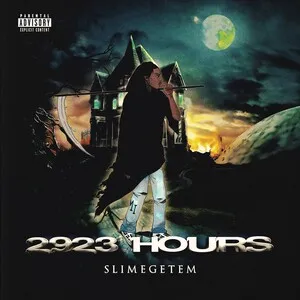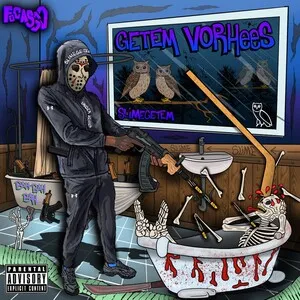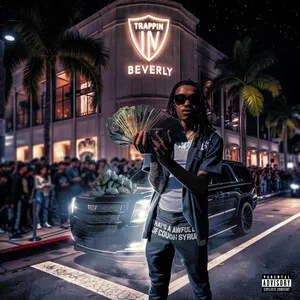Free car music is an internet-native microstyle centered on bass-heavy, playlist-friendly tracks optimized for in-car listening.
It blends the immediacy of viral EDM, trap-derived drum programming, and phonk’s gritty sampling or dark timbres, then presents them in mixes and singles designed to thump on consumer car systems.
Expect sub-dominant arrangements, short hooks, and minimal vocals or chants; the focus is on weighty low end, simple earworm motifs, and high perceived loudness that translates on road noise and casual environments.
Free car music emerged in the late 2010s alongside YouTube and streaming channels that curated “car music” mixes. These channels favored tracks with exaggerated low end and concise, loopable motifs that sounded powerful on stock and aftermarket car audio. The style drew from trap’s 808 language, the dark, grainy textures of phonk, and the streamlined drop sensibilities of slap house and bass house.
By the early 2020s, the rise of short‑form video and driving/drift visuals accelerated the sound’s reach. Drift phonk producers and EDM-adjacent beatmakers delivered tracks with strong sub fundamentals, clipped transients, and simple call‑and‑response hooks that performed well in car tests and social feeds. Playlists and labels branded explicitly around “car music” helped solidify common tempos (half‑time trap around 140–170 BPM and mid‑tempo house around 118–126 BPM), as well as a loud, bass-forward mastering approach.
The hallmark is translation: mixes are tailored for the cabin—emphasizing mono-compatible low end, restrained midrange congestion, and impactful drops at cruising volumes. Visual culture (night drives, neon cityscapes, drifting) reinforced the style’s moody, nocturnal image.
While not a traditional genre with rigid boundaries, free car music functions as a recognizable micro-ecosystem that cross-pollinates phonk, trap, and mainstream EDM. It continues to serve as a gateway format for producers aiming at viral playlists and automotive sound demos.

